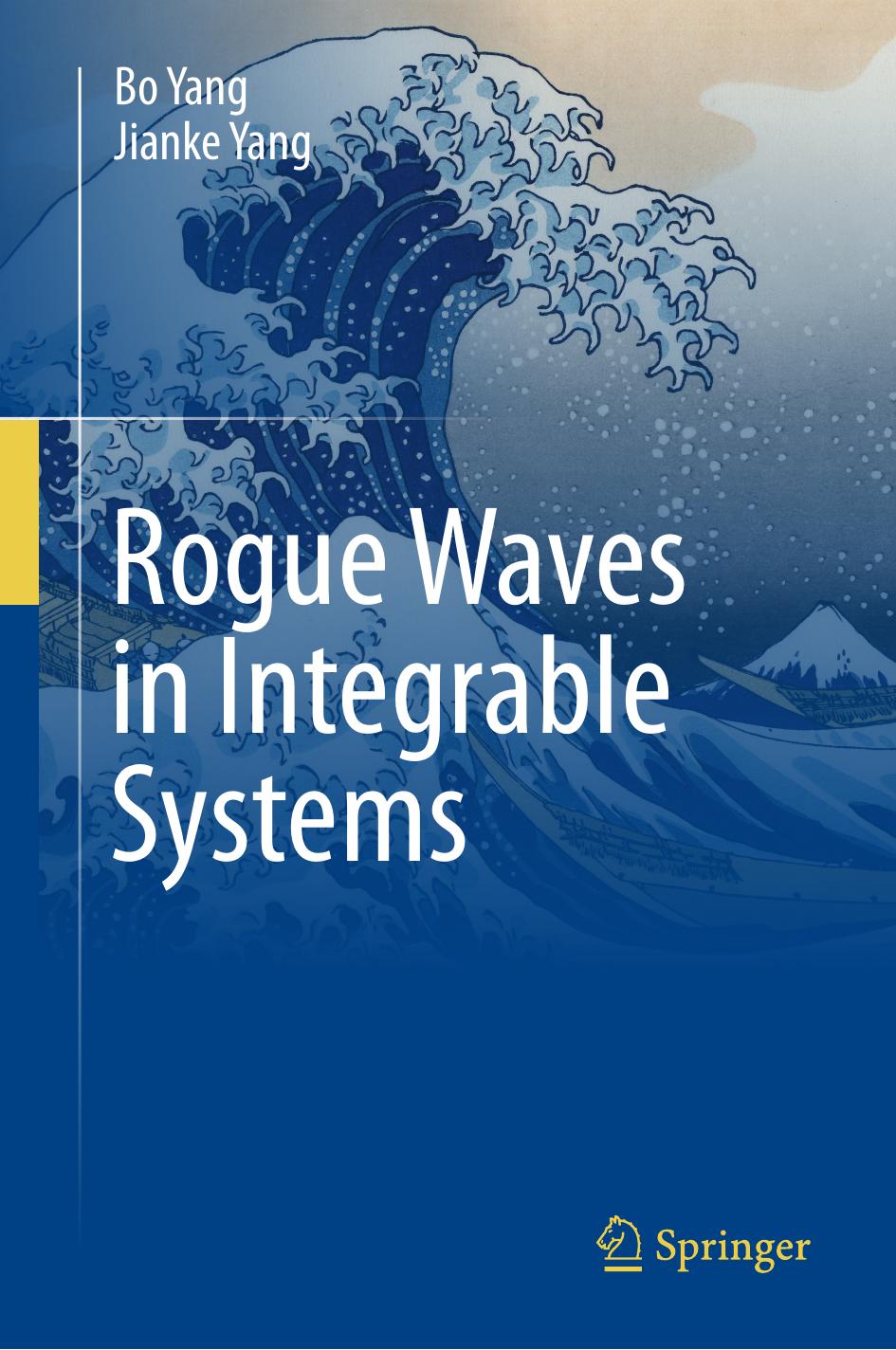

Most ebook files are in PDF format, so you can easily read them using various software such as Foxit Reader or directly on the Google Chrome browser.
Some ebook files are released by publishers in other formats such as .awz, .mobi, .epub, .fb2, etc. You may need to install specific software to read these formats on mobile/PC, such as Calibre.
Please read the tutorial at this link: https://ebookbell.com/faq
We offer FREE conversion to the popular formats you request; however, this may take some time. Therefore, right after payment, please email us, and we will try to provide the service as quickly as possible.
For some exceptional file formats or broken links (if any), please refrain from opening any disputes. Instead, email us first, and we will try to assist within a maximum of 6 hours.
EbookBell Team

4.1
30 reviewsphysically important integrable systems. The first chapter derives many of these
integrable systems in physical settings such as water waves, optics, and plasma.
This chapter provides physical motivations for our mathematical studies in later
chapters. The second chapter derives rogue wave solutions in a wide array of
integrable systems, including those obtained in Chap. 1 and much beyond. In
the literature, rogue waves in many of those integrable systems were originally
derived by generalized Darboux transformation. We will derive these rogue waves
almost exclusively by the bilinear method, since rogue wave expressions by the
bilinear method are much more explicit than those by Darboux transformation. The
third chapter analyzes patterns of rogue waves in certain asymptotic limits such as
large internal parameters. Connections between rogue patterns and root structures
of special polynomials will be revealed, and universality of these rogue patterns
in integrable systems will be established. The fourth chapter describes laboratory
experiments on rogue waves in physical settings such as optical fibers, water tanks,
plasma, and BEC. The last chapter covers topics that are closely related to rogue
waves of the earlier chapters, such as rogue waves arising from a nonuniform
background, robustness of rogue waves, partial-rogue waves, and lump patterns in
the Kadomtsev-Petviashvili I equation.